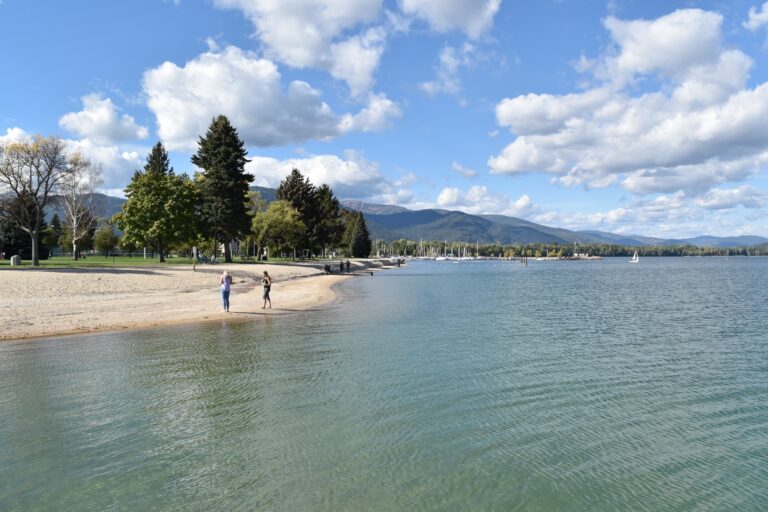The Wall (Grand Prize winner Banff Mountain Book Festival)
Jeff Longr
Atria Books, 2006, 298 pages.
Planning a reunion climb on El Capitan, Hugh Glass and Lewis Cole harbored hopes of regaining some of the self-confidence and excitement the wall had provided them 40 years earlier. Their hope: to return to the venue of the youthful exploits that made them Yosemite legends and defeat the demons of late middle age. Hugh haunted by the loss of his wife to an Alzheimer’s-driven foray into the Arabian Desert; Lewis struggling to hang on to a failing marriage. They had no idea they would become entangled in the rescue of the decade.
On the face of it, The Wall, a book about two old climbers spending the better part of a week clawing up a sheer granite face, has the excitement potential of watching paint dry. Dedicated climbers might abandon reading about Glass and Cole’s exploits in favor of creating their own. Long’s capable pen renders their experience on El Capitan engaging, no, gripping, rather. The story weaves between the physical acts and mental challenges of the climb with flashbacks to earlier climbs and times blended in.
Long deepens the danger of ordinary big wall climbing by dragging Hugh and Lewis into a storm-plagued rescue attempt. Augustine, a part time Yosemite rescuer, seeks their aid reaching his lover trapped high on a new route. With one of the three women climbers known dead and at least one of those trapped on the wall alive, Augustine is determined to save her, though one more sacrifice may be demanded.
Long’s years of experience climbing in Yosemite and around the world make him eminently qualified to detail the physical and psychological hardships of a long, technical rock climb. Notes Long, “In The Wall I wanted to weave a few of these dangers together into a sort of a Gordian knot, one that couldn’t be neatly untied, only cut.”
Stan Miller
Yurts: Living in the Round
Becky Kemery
Gibbs Smith Publisher, 2006, 123 pages.
Want to know what it is like to live in a yurt? Than Becky Kemery’s delightfully-illustrated and well-researched book is for you. The typical yurt is a portable, tent-like round structure distinguished by unique roof construction. Long spans, achieved without intermediate supports, create airy spaces that impart a sense of openness and connection. A hole or skylight in the center of the roof invites the sun in and the occupants’ gaze skyward.
More than a how-to guide, Yurts: Living in the Round documents intangible benefits of yurt living. The welcoming embrace of the yurt’s open, round space gives a sense of well-being and wholeness. People are naturally brought together in a circle which fosters connection and
equality.
The yurt dwelling experience is described beginning with ancient, nomadic Turkic and Mongolian tribes in central Asia-the origin of these distinctive shelters. The Turkic tribes refer to their round homes as an uy and the Mongolians call theirs a ger. Out of necessity and custom, portable yurts were, and still are, made from locally available wood and wool felt and usually sized to fit on the backs of pack animals. Yurts are more than a means of shelter for Mongolian and some Turkic tribes. They are considered sacred places and express the world views of people living in close connection with the cycles of life.
Some contemporary renditions of yurts have evolved into permanent structures. The tapered wall yurt pioneered by Bill Coperthwaite and the frame panel yurt designed by David Raitt are made of wood and set on permanent foundations. Plentiful color photos in Yurts: Living in the Round describe these unique structures and help tell the stories of their creators.
Even the modern fabric yurt can last many years and be used as permanent shelter. Kemery shares her personal experiences of yurt living as well as practical considerations she has learned from others. She gives suggestions on choosing, buying, setting up, insuring, and maintaining a fabric yurt. A complete resource guide offers information on yurt companies, financing, plans, as well as homesteading and sustainable living.
“Yurts are my favorite form of shelter,” writes Kemery. “They use the earth’s resources wisely and usually leave a small footprint. They are affordable and accessible. I also think they make fabulous spiritual and creative spaces.”
Cherie Peacock













